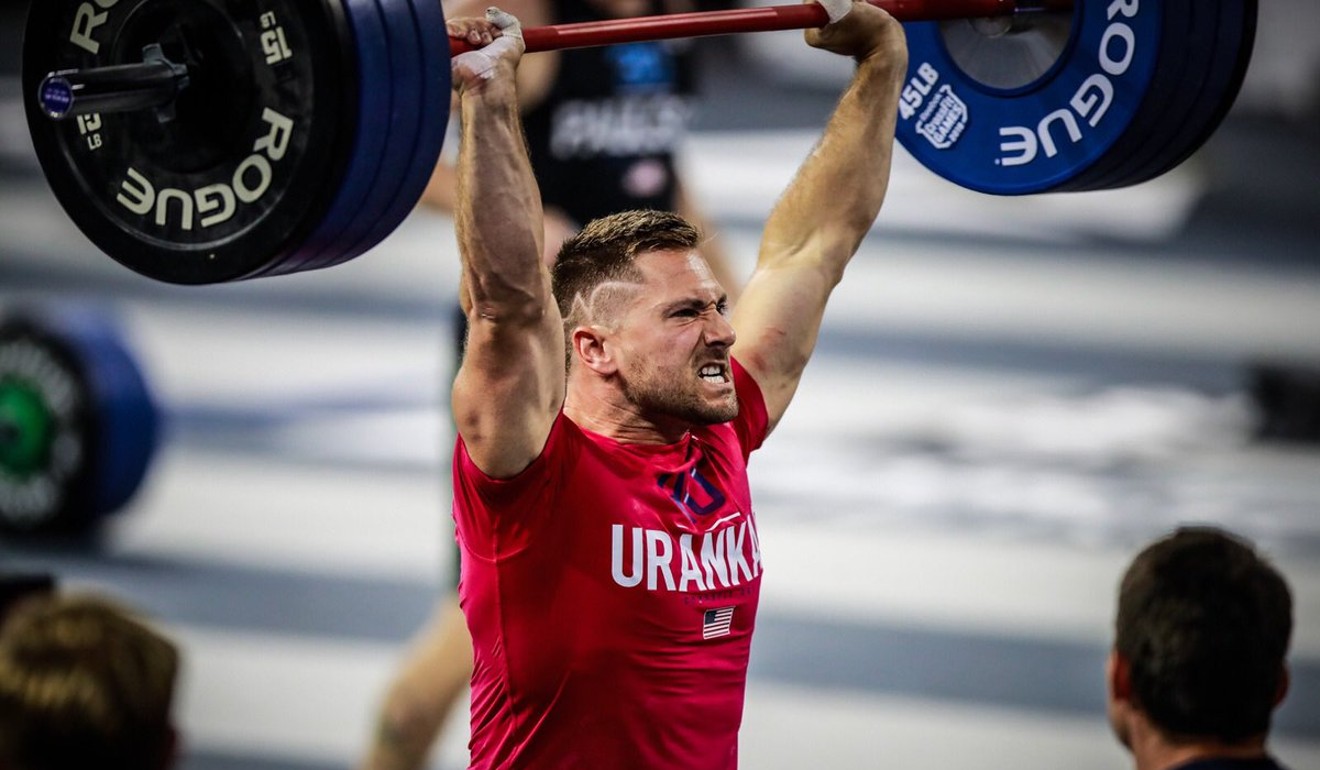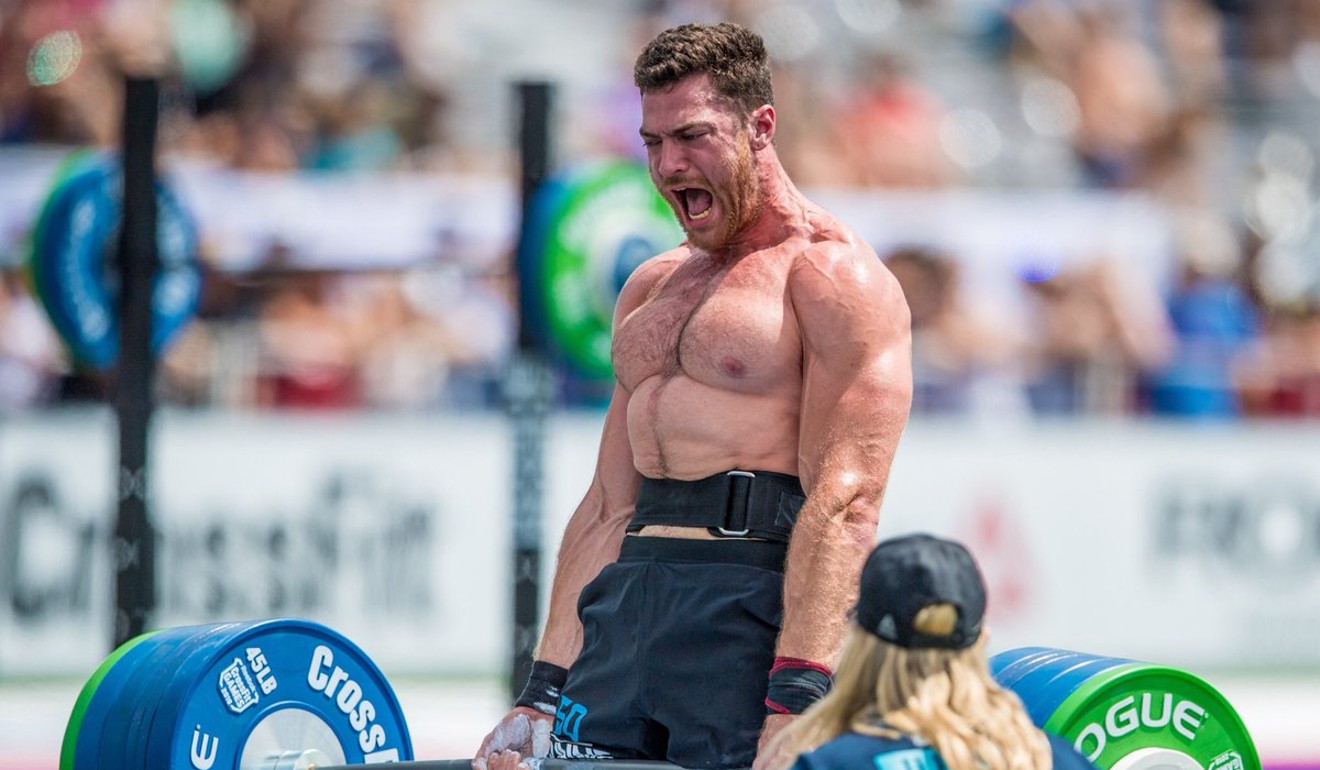
No, CrossFit isn’t a ‘religion’ or a ‘cult’, and it’s not ‘dangerous’ – so why does the media still hate it?
- Fitness celebrity Jillian Michaels is the latest figure to take a shot at CrossFit
- The sport is unfairly demonised despite having been around for two decades
The 2019 CrossFit Open kicks off its video competition on Thursday, and most people have a similar response: say what?
It’s odd to think “the largest fitness competition on Earth”, as CrossFit calls it, could be so unknown to most of the general public.
Last year, close to half a million people submitted at least one WOD (Workout of the Day) video for the Open, which ranks competitors and also grants tickets to the annual CrossFit Games.
CrossFit’s rise is undeniable – there’s 21 affiliate gyms in the Pearl River Delta and China has more than 160. The branded workout regime now boasts more than 15,000 affiliate gyms across 162 countries, and is adding 1,000 a year according to 2017 numbers.

If CrossFit were a fast-food chain, it would be one of the biggest in the world and it is arguably the largest fitness chain on the face of the Earth. While metrics for fitness companies are scattered at best when it comes to global calculations, CrossFit outranks Planet Fitness, Gold’s Gym and 24 Hour Fitness in terms of international Google searches.
There’s also the wildly-popular CrossFit Games (and two documentaries on the event, both on Netflix), and some of the sport’s stars have landed sponsorship deals with Reebok, who also sponsor the Games and have had a partnership with the sport’s governing body since 2011.
CrossFit has a rabid social media following to boot. It’s Facebook page has 3.1 million followers and the CrossFit Games has an additional 2.7 million. CrossFit’s YouTube channel has 1.3 million subscribers, its Twitter is closing in on a million followers and its Instagram page has 2.7 million.
Yet, despite all this, another person recently took a shot at the sport, this time fitness celebrity Jillian Michaels, most famous for yelling at overweight people on The Biggest Loser, who said she is not a fan of CrossFit.
It’s sad when someone who has devoted their life to fitness and helping people get into better shape would denounce something that has proven staying power and results to back it up.
Michaels is just another in a long list of notable figures and news outlets who have taken shots at CrossFit over the years – the negative press has been piling on for close to two decades, yet the sport continues to grow.

The Atlantic said CrossFit “acts like a religion”, CNN wrote a piece on how to talk to people who do CrossFit “if you really must”, Salon called it a “cult” and Reader’s Digest wrote a piece titled “My Workout From Hell: The Dangers of CrossFit”.
Back in 2005, one of the first mainstream pieces written on the sport was by The New York Times, and the headline was not kind: “Getting Fit, Even if It Kills You.”
Recently I spoke to Greg Glassman, the founder of CrossFit, and he said they’re still recovering from that piece’s negative impact. The funny thing is, since 2005, a Google search reveals The New York Times has written numerous features either solely on CrossFit, or referencing it. The headlines have toned down a bit, the latest being “When Some Turn to Church, Others Go to CrossFit”, however the comparison to organised religion still casts it somewhat in a negative light.
When you look at CrossFit from an objective angle, it’s tough to see anything other than something that is having a positive impact on certain portions of the population.
CrossFit takes a small cut for affiliation rights to each gym, however each “box” is locally owned and operated, and one could argue the branding benefits both parties equally.
This can’t be said for many other large scale fitness chains, who simply plop down franchises, hire employees, and rake in the dough. CrossFit creates communities because each gym features a small-business owner, someone who needs consistent customers to make ends meet, rather than a rotating list of faceless clientele.

And the religious comparisons seem misplaced. You can quit CrossFit anytime, you don’t have to go if you don’t feel like it, and you’d be hard pressed to find Crossfitters on the street handing out pamphlets touting how their religion is the only way to eternal enlightenment.
The hatred seems to stem from people’s disdain for taking fitness too seriously; that Crossfitters are too aggressive, outgoing and unabashed in sharing their WOD (Workout of the Day) stories.
If you ask me, that sounds like pretty much every sport or fitness regime on the face of the planet. Tell a diehard football fan you don’t like their favourite team and you’re likely to get a vehement defence thrown back in your face. Ask a cycling fanatic about cycling and you probably won’t be able to shut him or her up for hours.

CrossFit, which promotes working out, being a part of a community, accountability, eating right and feeling better about yourself, sounds like the last thing people should be knocking these days.
As we get collectively fatter, stressing health care systems with rising rates of diabetes and chronic diseases around the world, dare I say, CrossFit may be one of our saviours.

